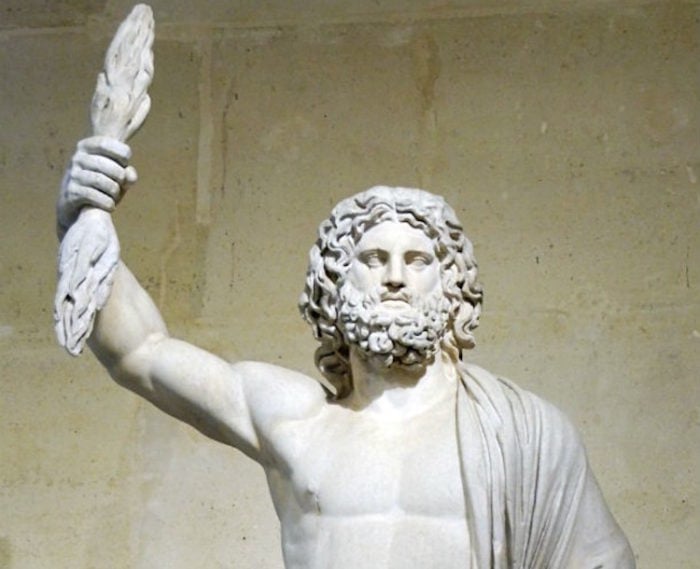
The ancient Greek value of hospitality which ranked at or near the top of the list of virtues, and still lives on today in modern Greece, is “philoxenia”. Translated from Greek, philoxenia literally means “friend to a stranger”.
The roots of philoxenia live deep in the heart of every Greek person, and this ancient concept and way of life which ancient Greeks invented brings millions of visitors back to Greece every year.
There is much more to philoxenia than than mere “hospitality”. Over the millennia the Greek generosity of spirit has become a cultural norm that is deeply embedded in every person in the nation. For Greeks, it is about sharing their lives with others — such as inviting new acquaintances into your home for a spitiko (home-cooked) meal.
Even today, it’s not uncommon for villagers to stop by a residence where a foreigner is staying and give them local food, such as tomatoes, cheese, spinach pies, or olive oil — and sometimes, all of the above! It’s not done for selfish reasons, or for self-gratification. Greeks genuinely want to share their culture and customs with foreigners.
Zeus and philoxenia
In order to understand the concept of philoxenia, you need to first uncover the enchanting story of how this cultural law came to be, thousands of years ago in ancient Greece.
We must go back to the days when the Greek god, Zeus, ruled the land. In fact, we must talk about Zeus in quite a bit of detail, since it is, after all, thanks to this most fearsome god that philoxenia came into existence.
Zeus is also known as “Zeus Xenios” because this fierce god was also the protector of strangers and travelers. He thus embodied the religious obligation to be hospitable to travelers.
Written back in 8 A.D., Ovid’s poem Metamorphoses tells a story which embodies all that philoxenia was to ancient Greeks, and still is to modern Greeks.
Zeus and Hermes disguised themselves as poor travelers and knocked on the doors of villagers until someone finally let them stay the night. The elderly couple Baucis and Philemon served their guests food and wine.
When Baucis went to refill their guests’ wine cups, she realized that there was a never-ending supply of wine, and that her guests must in fact be gods. She then offered to kill their only goose for the gods to feast on.
In return for the couple’s unselfish acts of kindness, Zeus turned their humble cottage into a beautiful stone temple and granted them their two greatest wishes. They became guardians of the temple, and died at the same time, staying together forever since they were turned into trees — one on either side of the temple’s door, guarding it for all of eternity.
Greek hospitality embedded into culture
Today, philoxenia is just as embedded into Greek culture as it was in ancient times. Greeks might not go to such extremes as Baucis and Philemon, but they do keep this cultural tradition alive on a daily basis.
From a simple kind smile to a visitor, to when tourists ask locals for simple directions to a monument and the locals take it upon themselves to become self-appointed tour guides.
Greek people have been known to take such visitors around their town, telling them tales of history and mythology, and ending their time together by treating the guests to a Greek coffee at their favorite hangout (or even at their house!).
It happens daily in Greece, because Greece is the birthplace of philoxenia — and that’s just who Greeks are.



Comments
Post a Comment